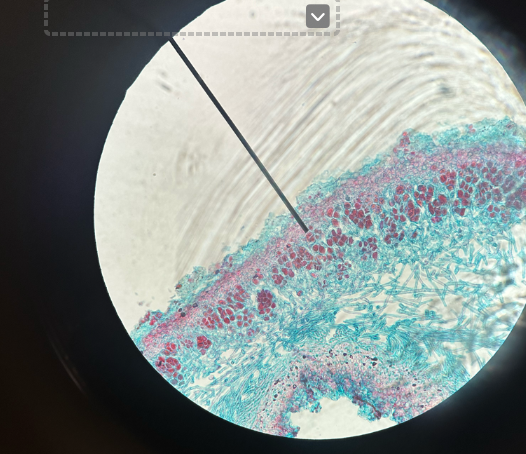lab practical
1/62
There's no tags or description
Looks like no tags are added yet.
Name | Mastery | Learn | Test | Matching | Spaced |
|---|
No study sessions yet.
63 Terms
moss antheridia
gametophyte
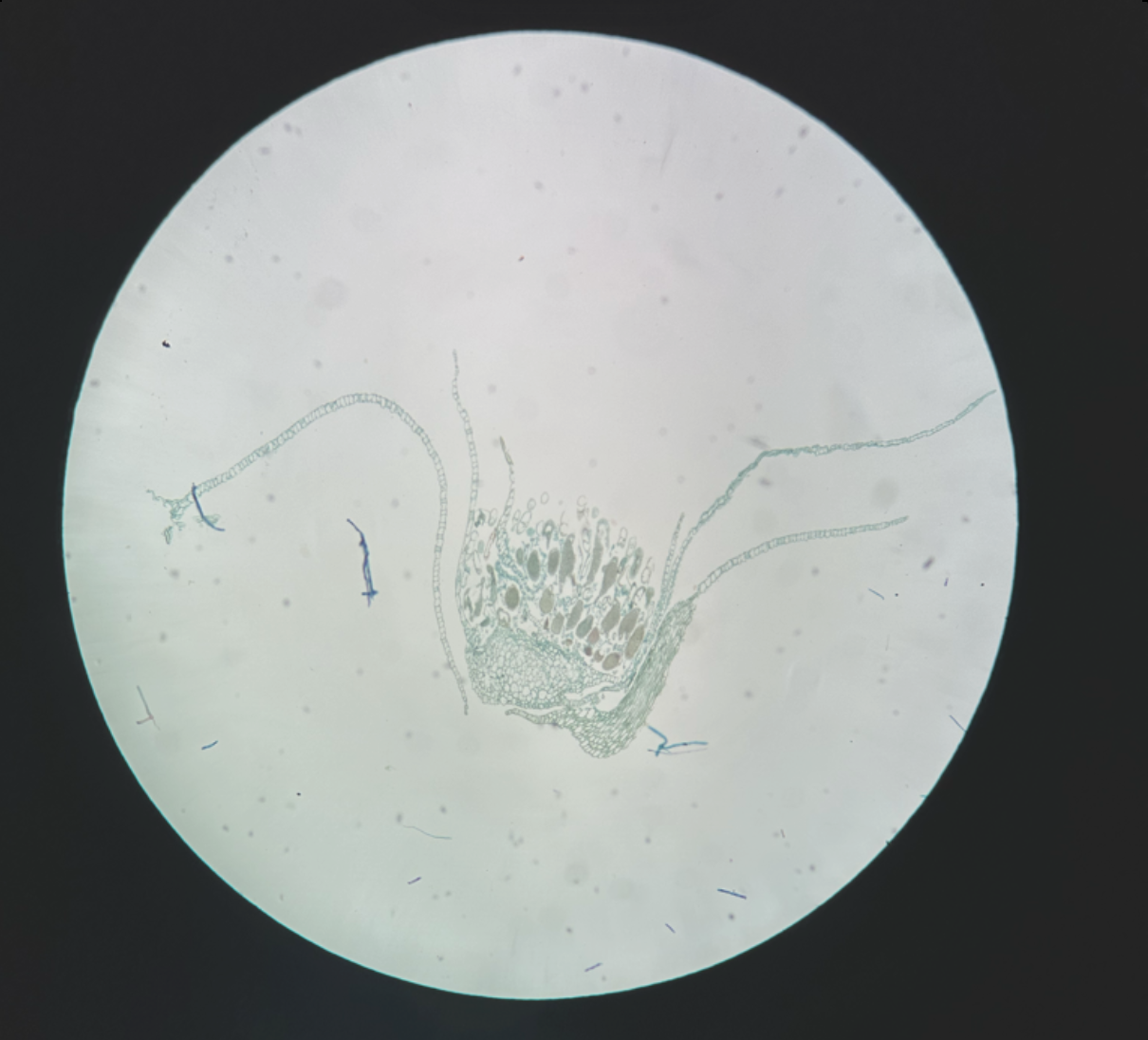
moss archegonia
gametophyte
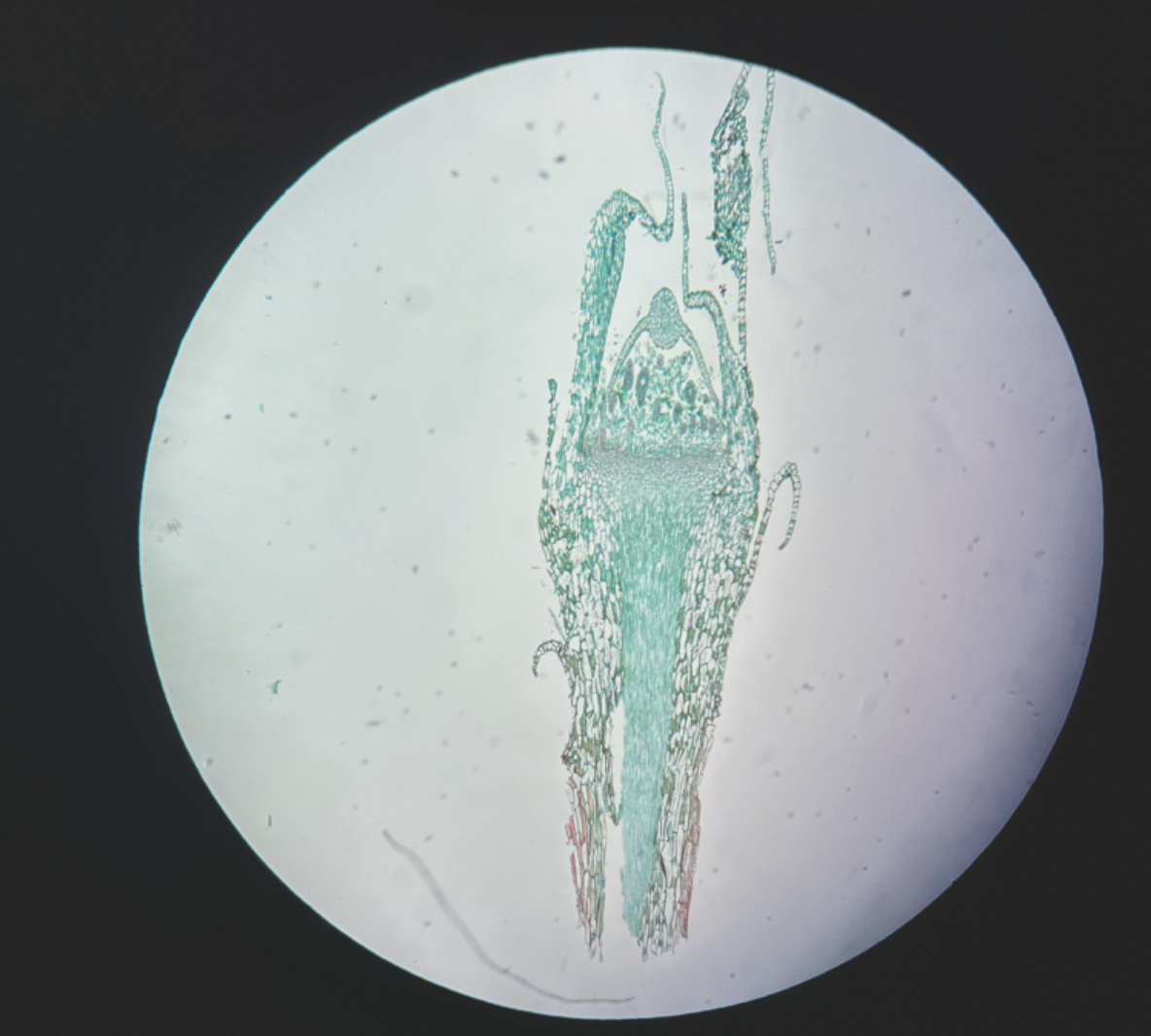
liverwort (marchantia) archegonia
gametophyte
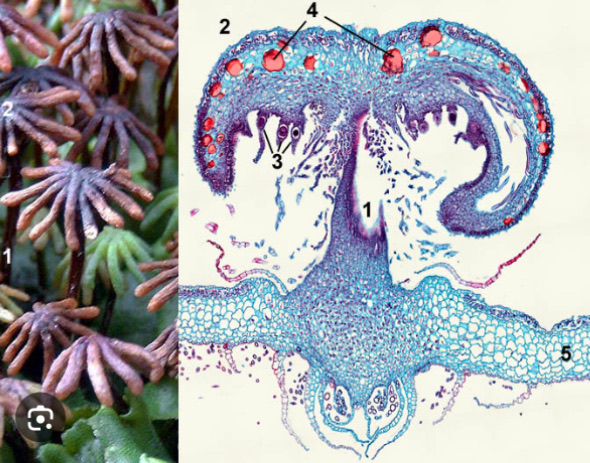
liverwort (marchantia) antheridia
gametophyte
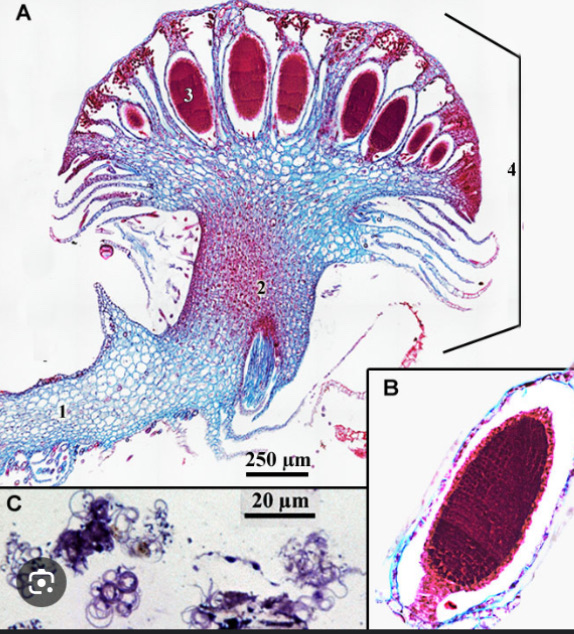
capsule
sporophyte
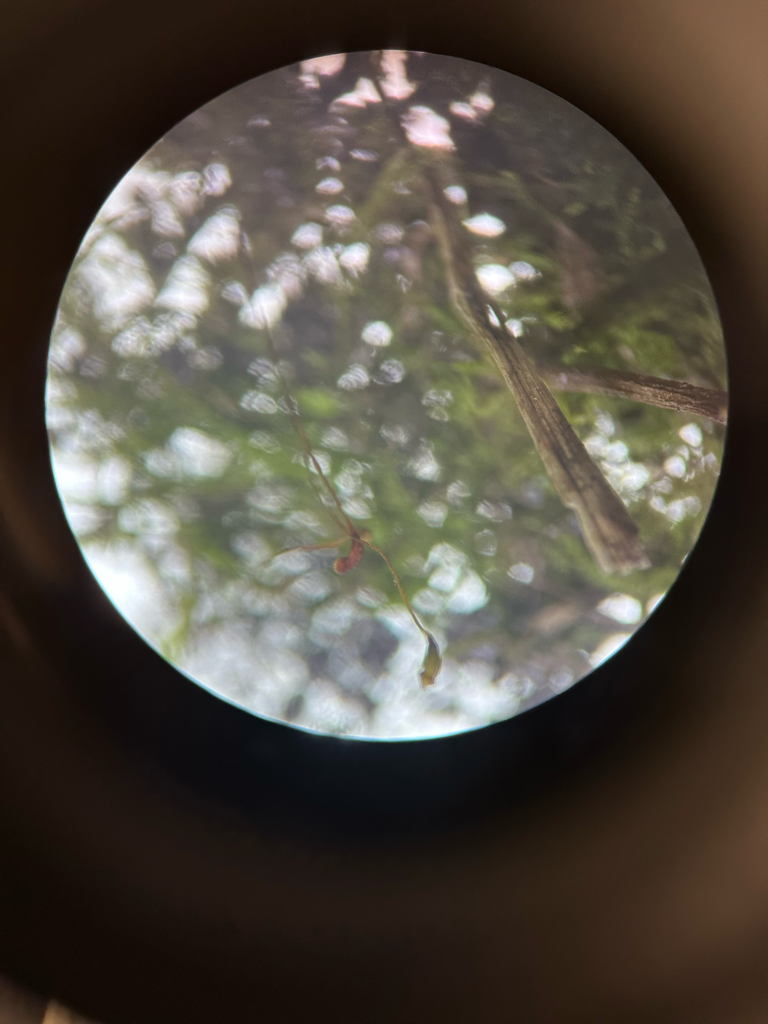
moss sporophyte
sporophyte
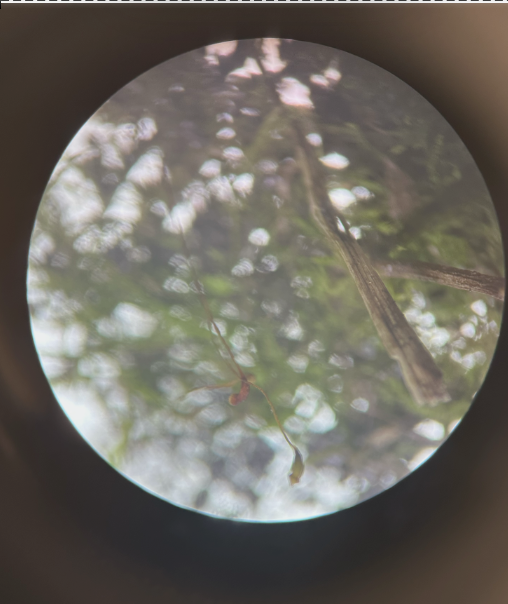
moss gametophyte
gametophyte
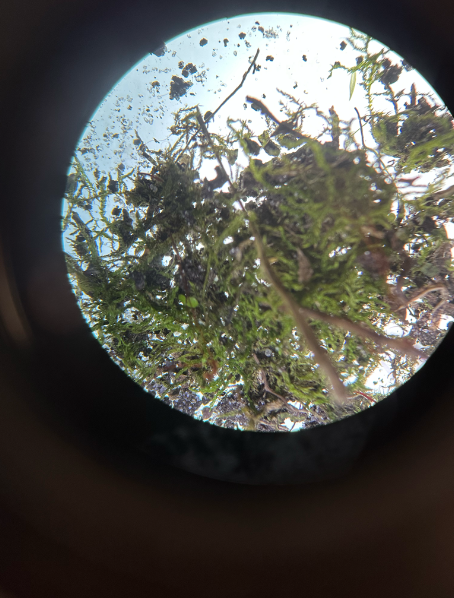
strobili club moss
sporophyte

strobili horsetail
sporophyte
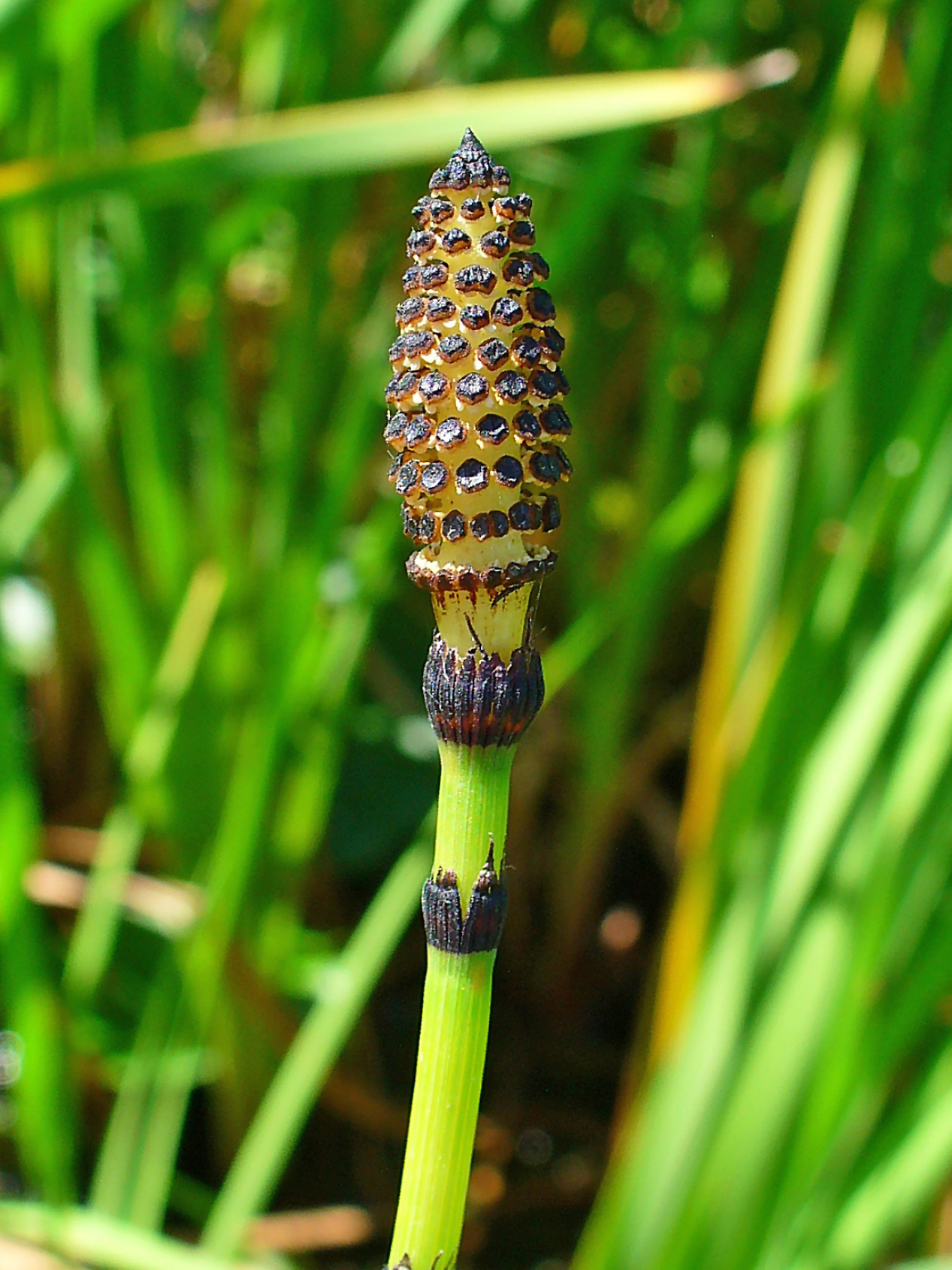
whisk fern psilotum
sporophyte
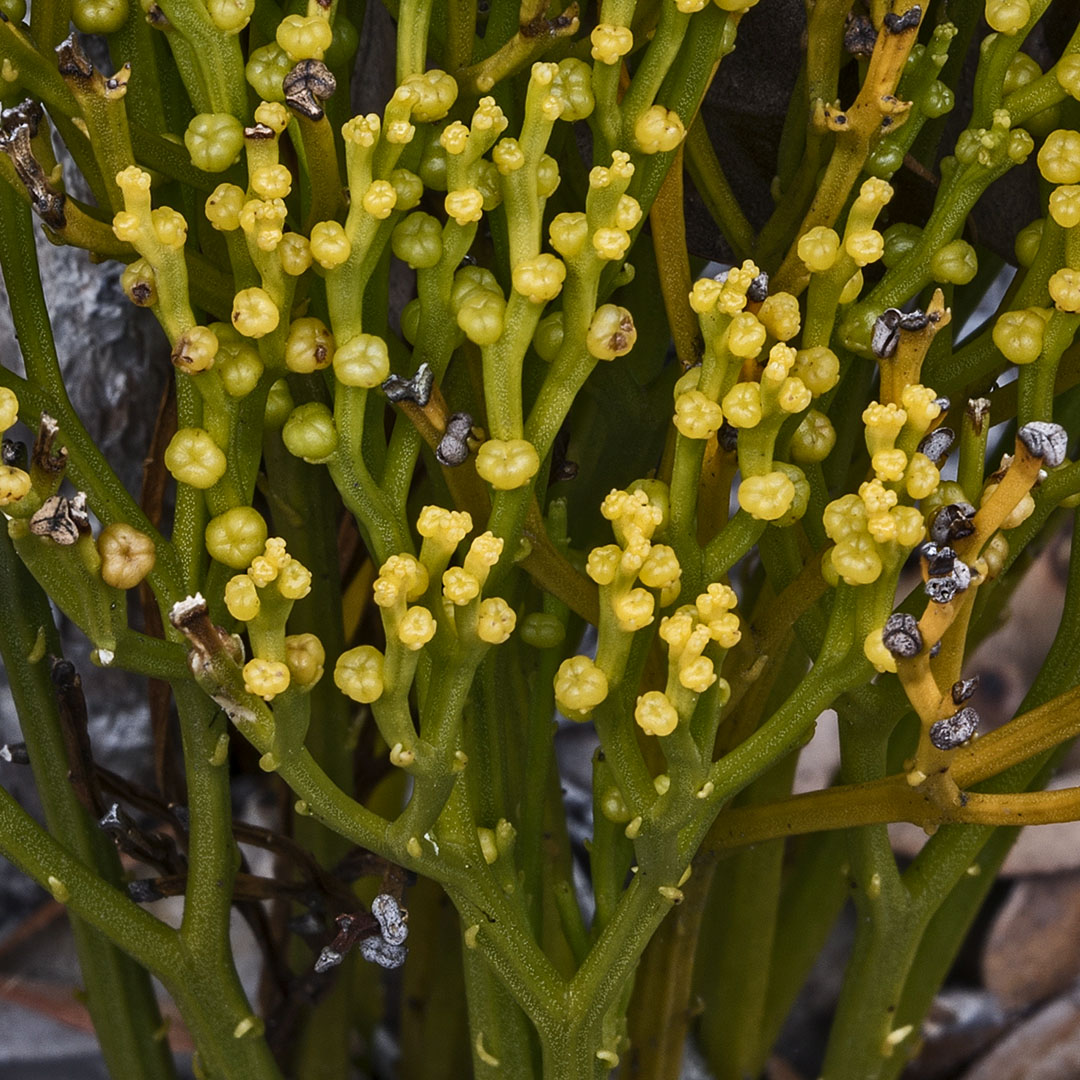
rhizoid fern
gametophyte
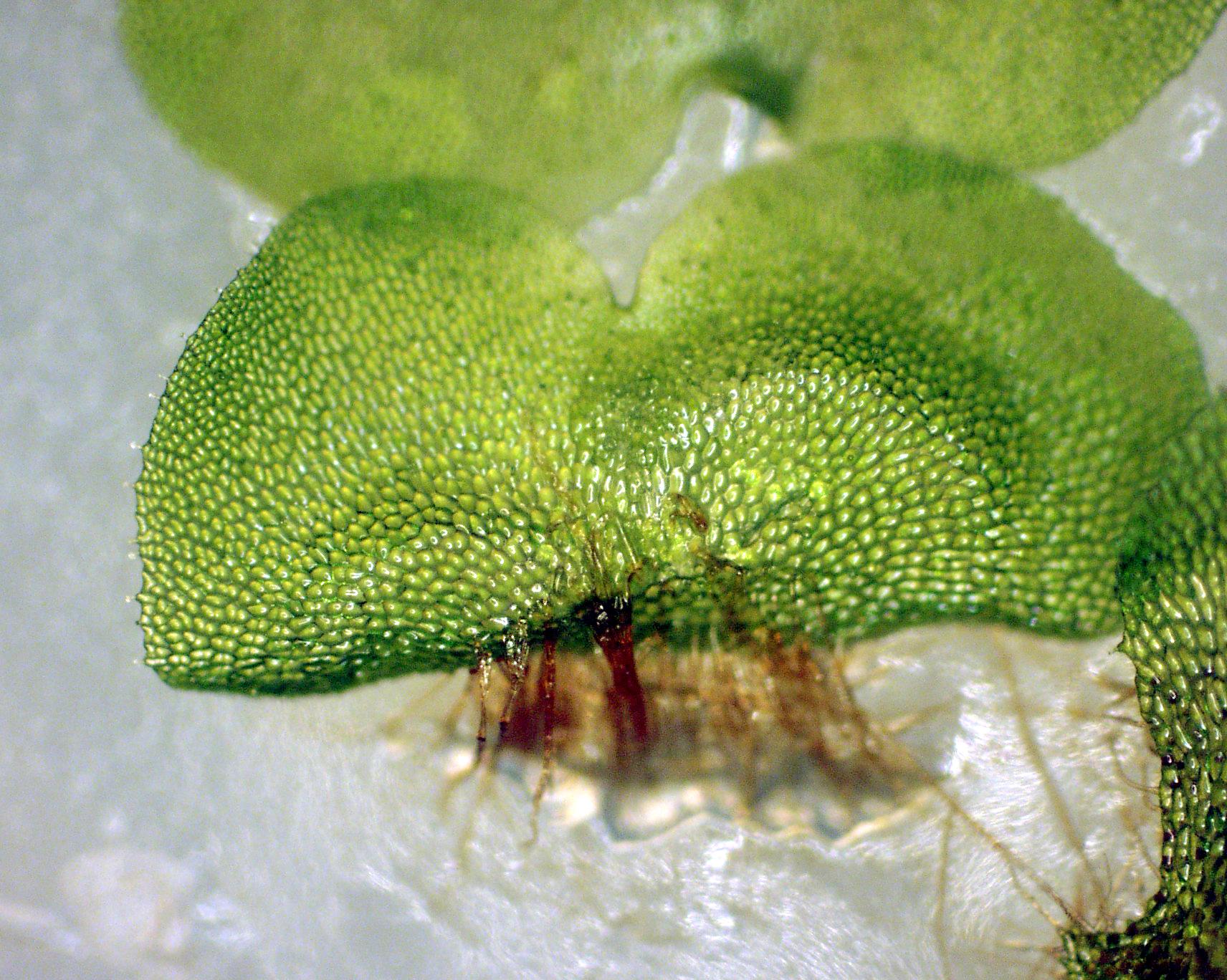
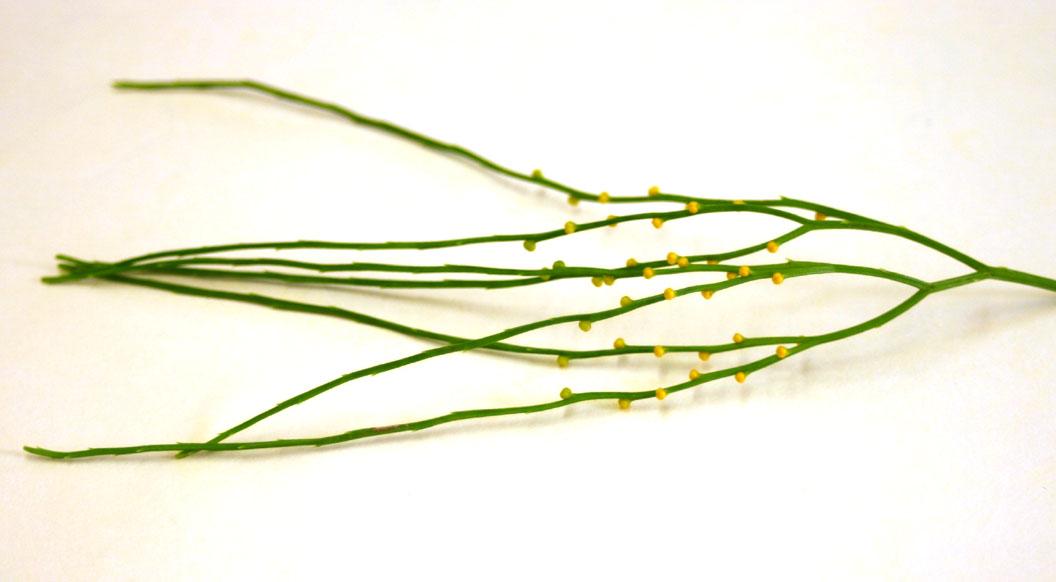
dichotomous branching (psilotum)
sporophyte
fused sporangia psilotum
sporophyte
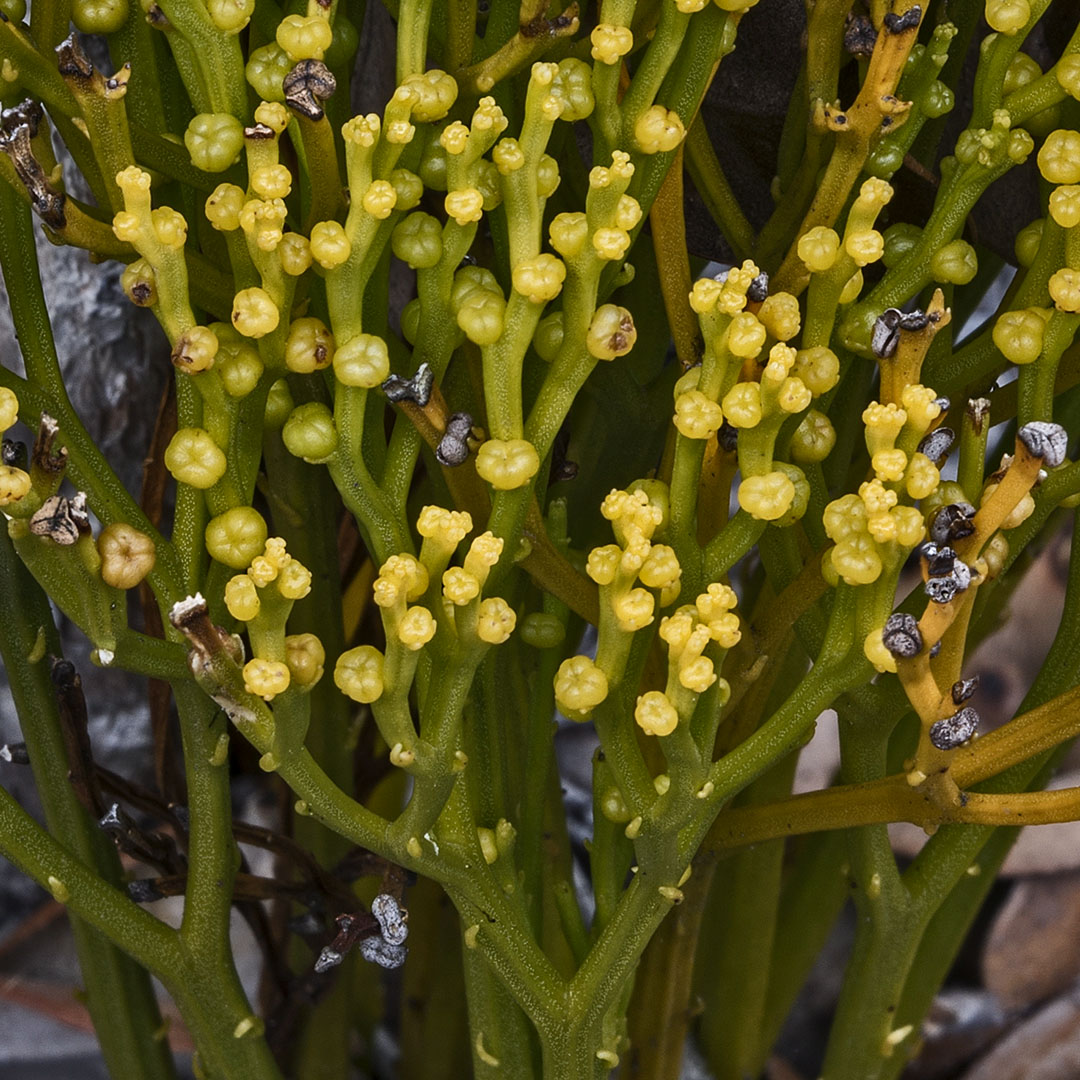
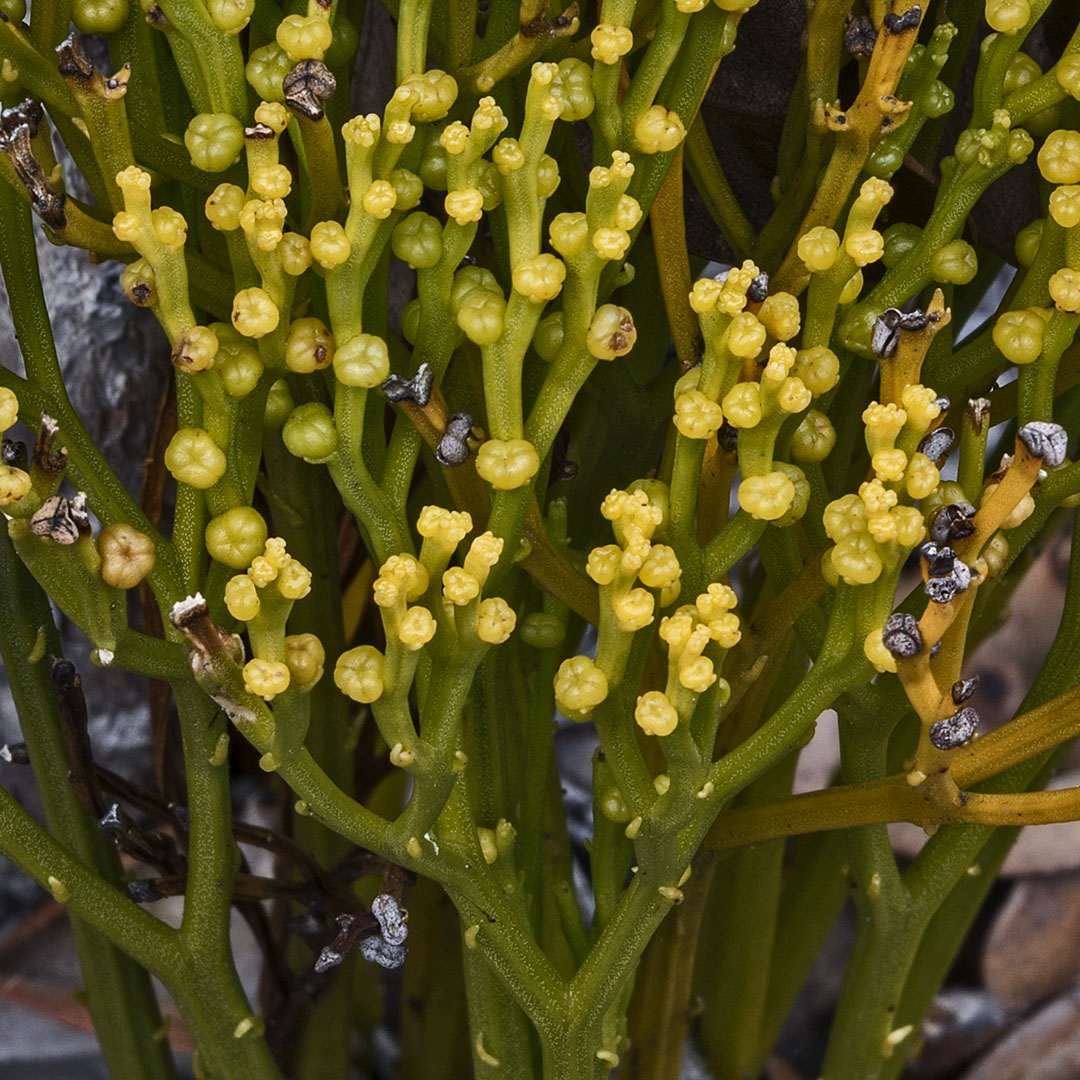
true stem
sporophyte
equisetum horsetail
sporophyte
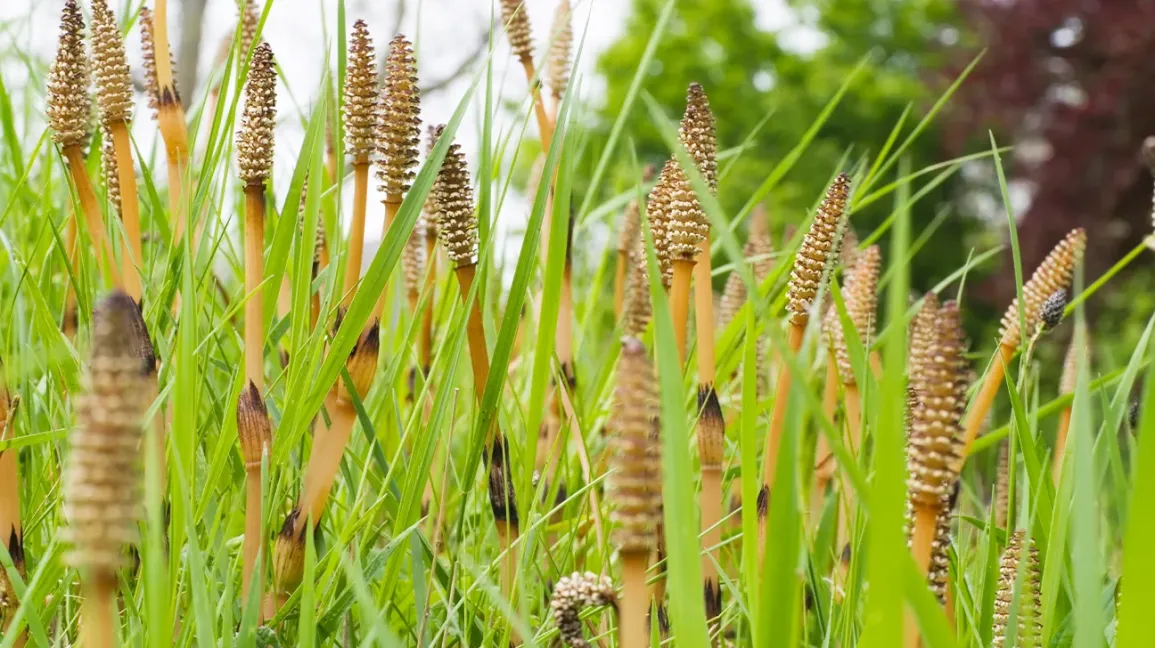
microphylls (lycophytes)
sporophytes -single branched leaf
megaphylls ferns
sporophytes - branching vascular system
sori
sporophyte
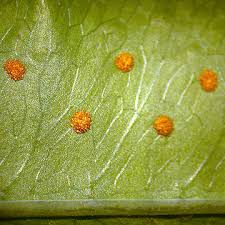
sporangia
sporophyte
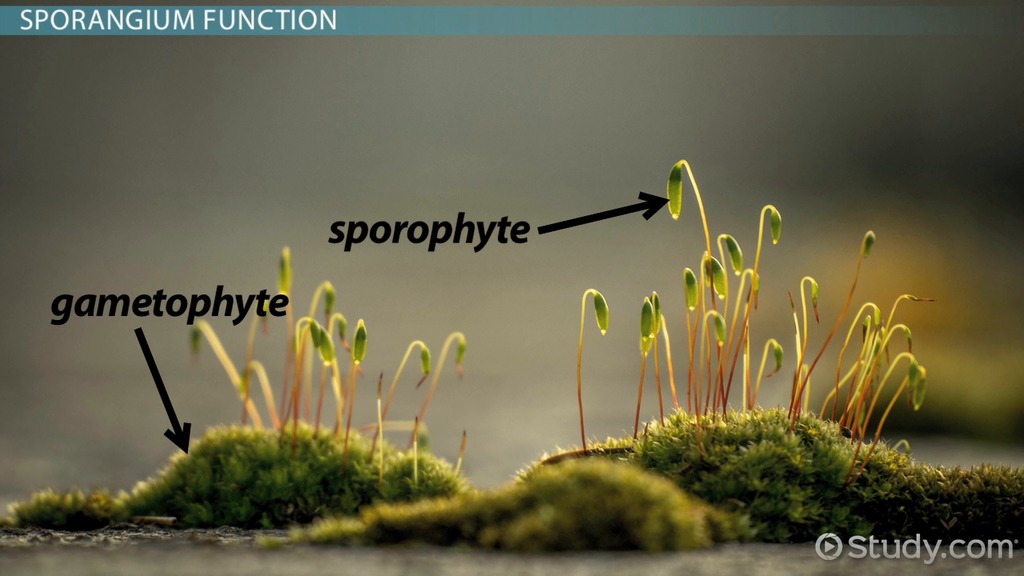
stomata
sporophyte
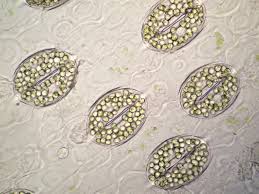
zamia floridana
sporophyte
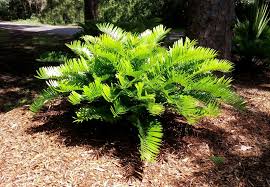
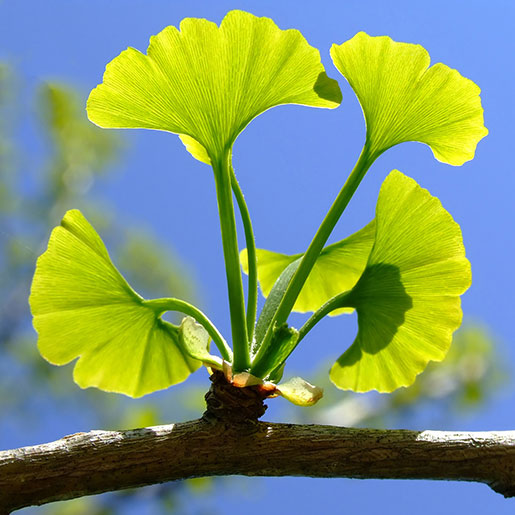
ginkgo biloba
sporophyte
pinus
sporophyte
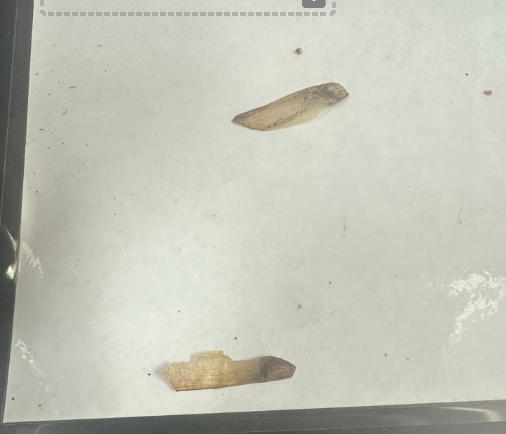
megasporophyll ovulate cone scale
sporophyte
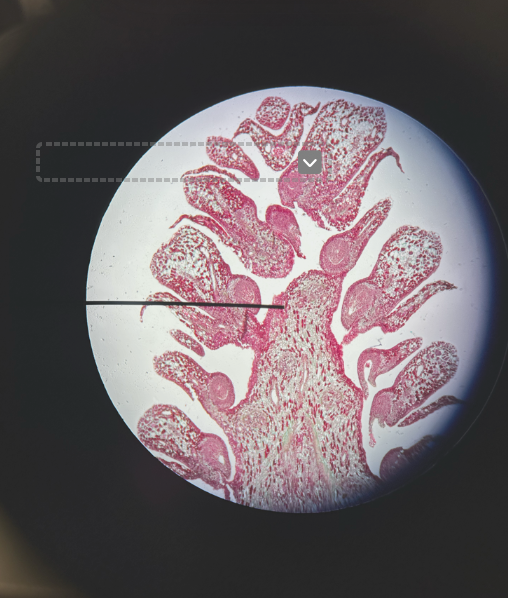
microsporophyll staminate cone scale
sporophyte
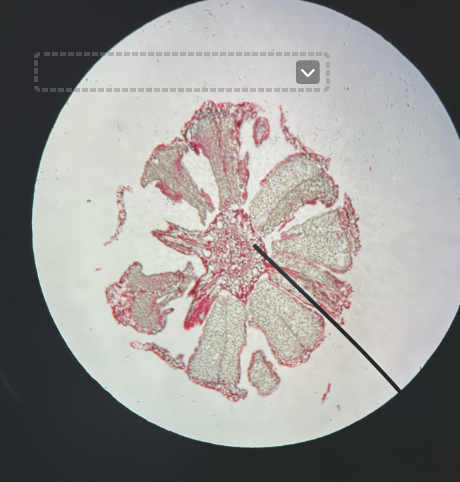
structure that consists of an ovary, style, and stigma and is involved in the female reproductive process of flowering plants.
sporophyte
carpel
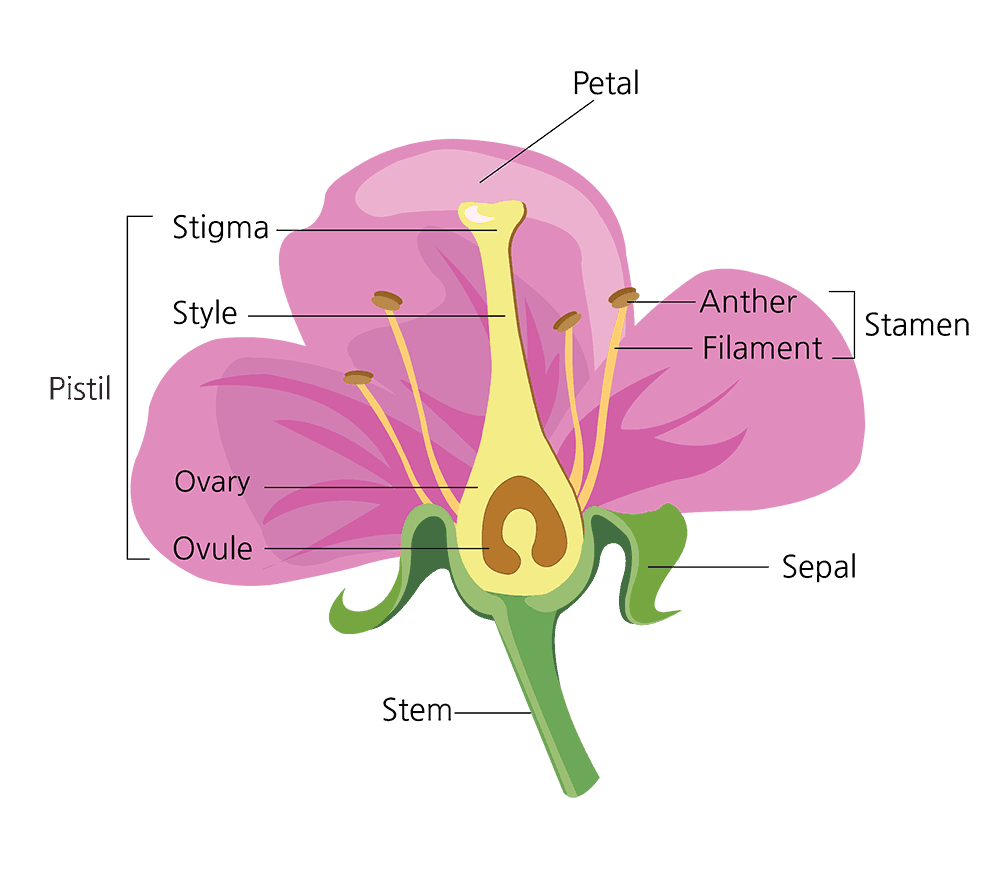
part of the carpel that connects the ovary to the stigma, facilitating pollen transfer.
sporophyte
style
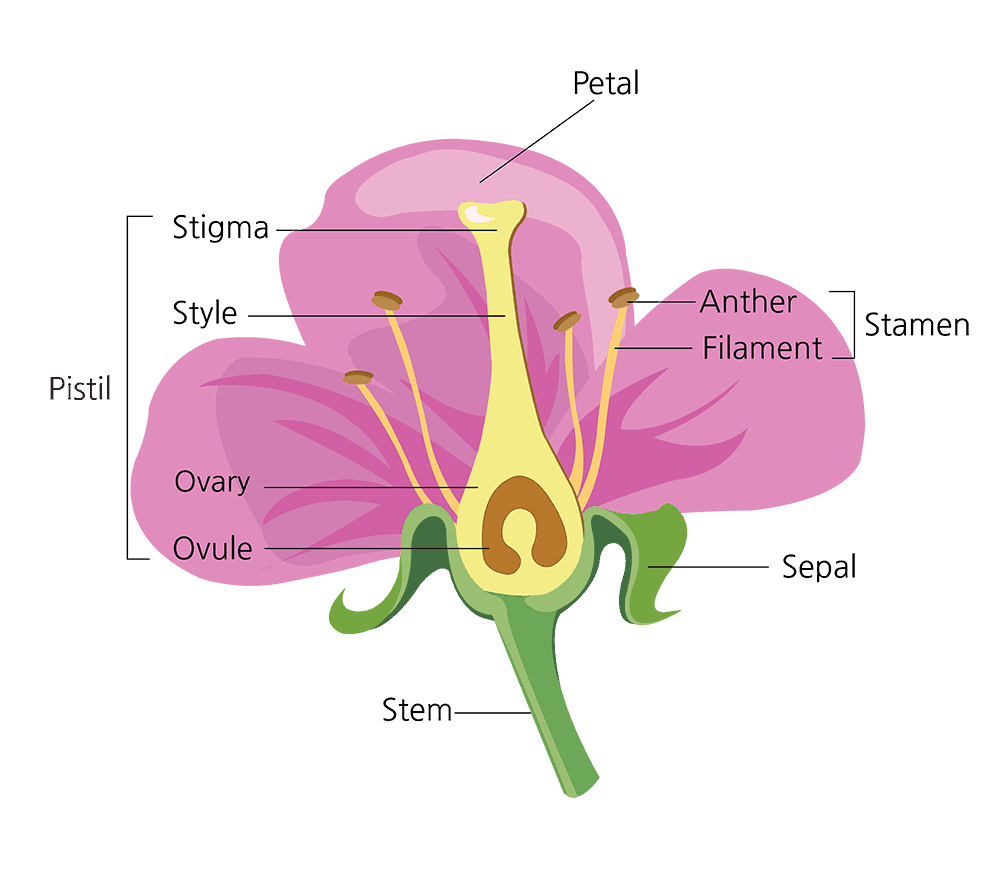
contains the ovules and develops into fruit after fertilization.
sporophyte
ovary
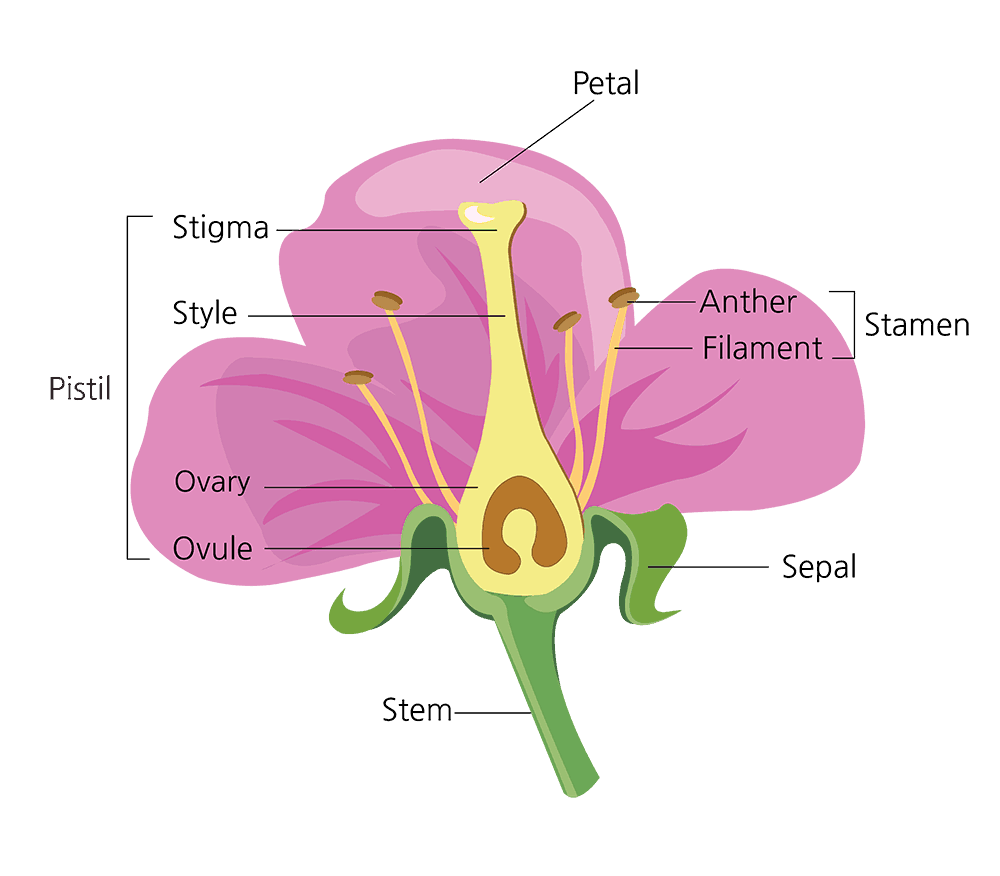
ovule
sporophyte
structure within the ovary that develops into seeds after fertilization.
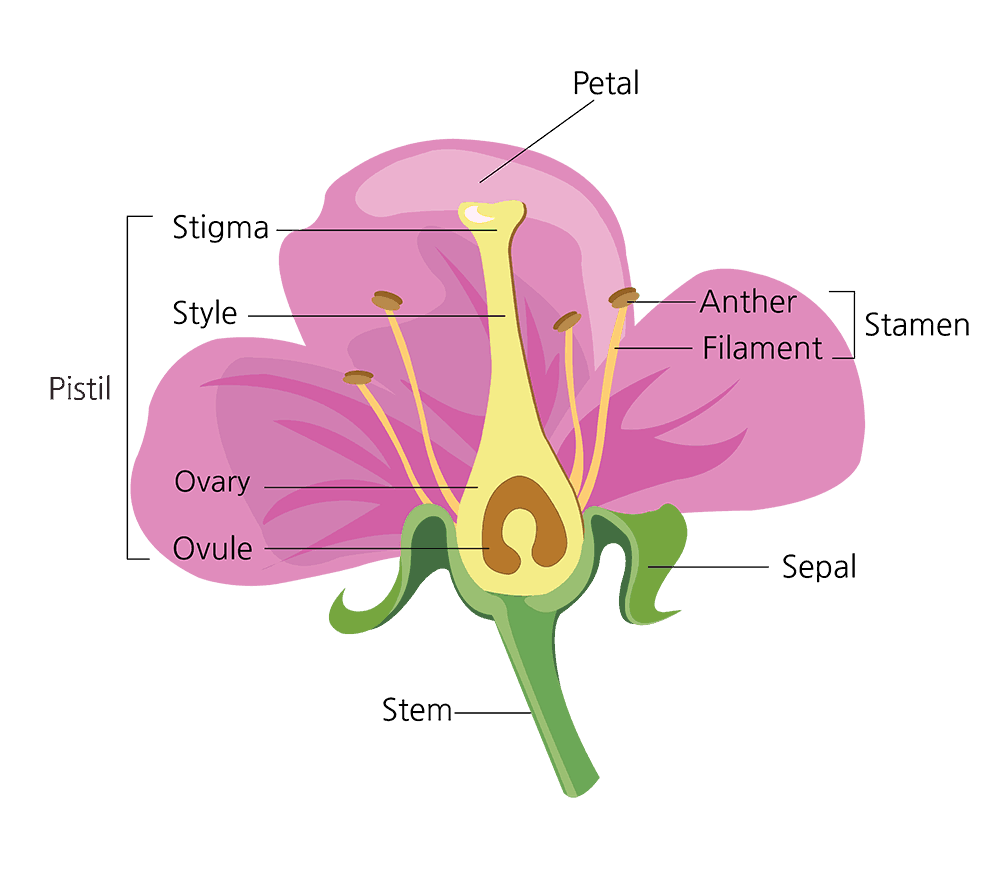
the male reproductive organ of a flower, consisting of an anther and filament that produce pollen.
sporophyte
stamen
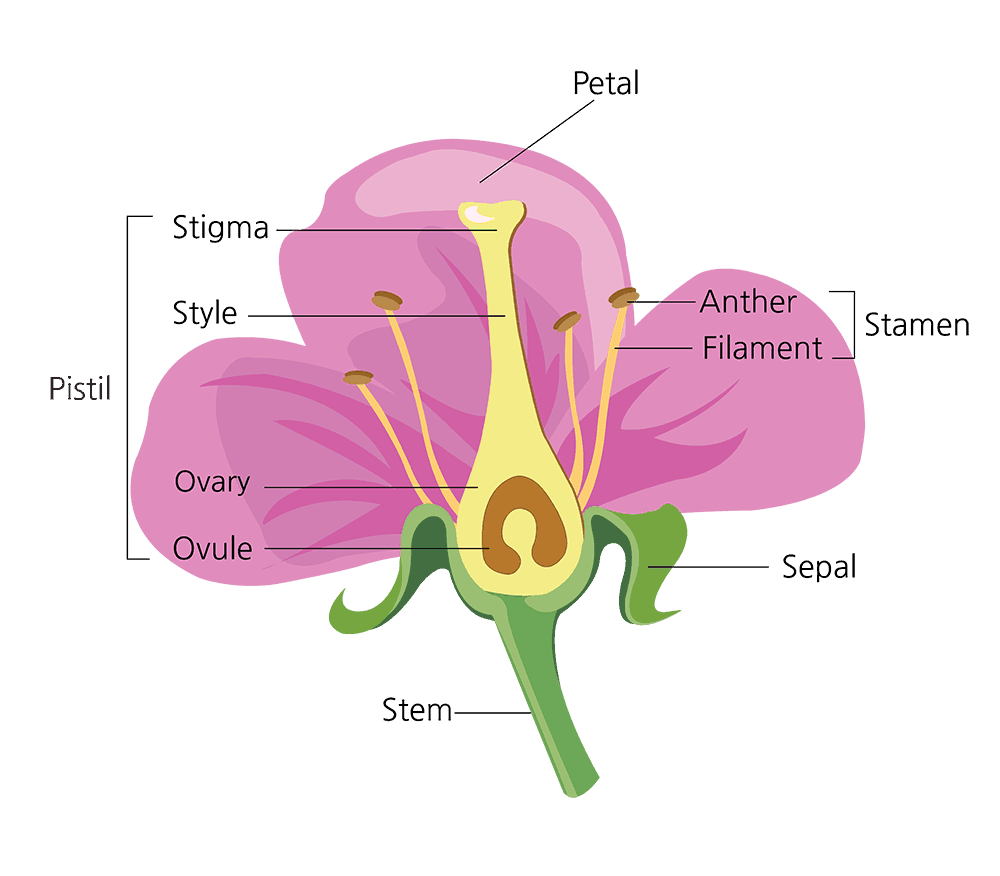
part of a stamen that produces pollen, typically at the tip of the filament.
sporophyte
anther
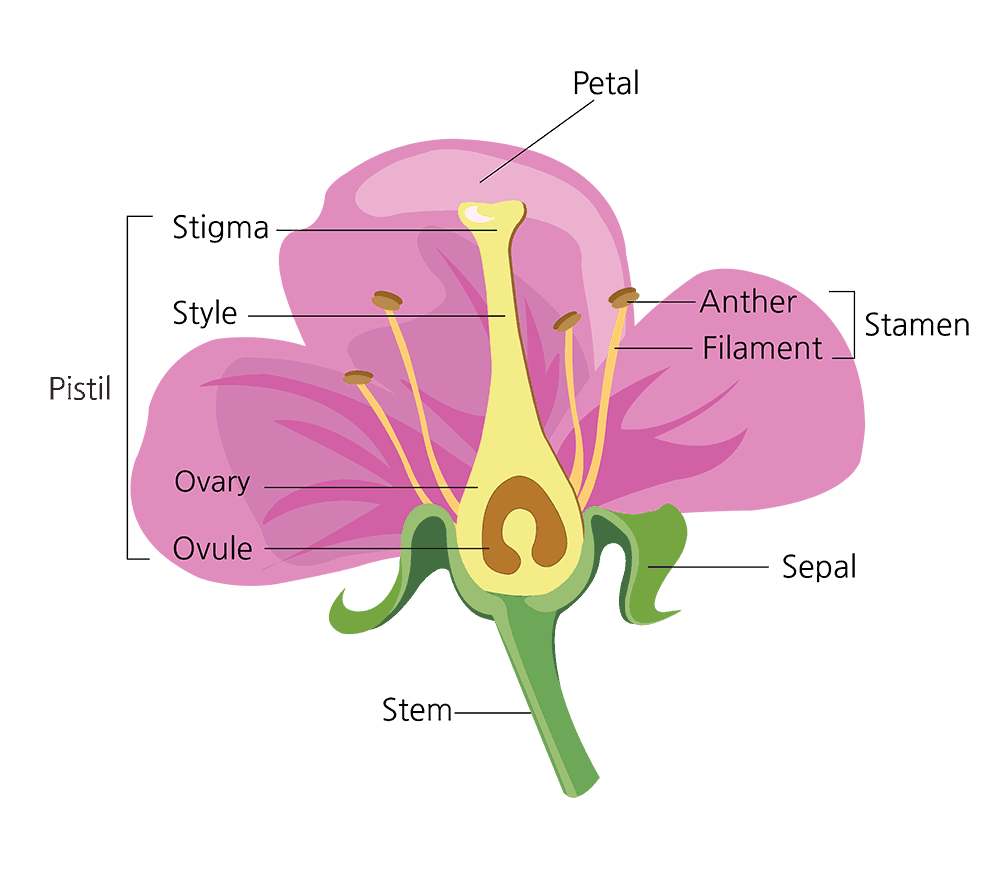
the stalk that supports the anther in a stamen.
sporophyte
filament
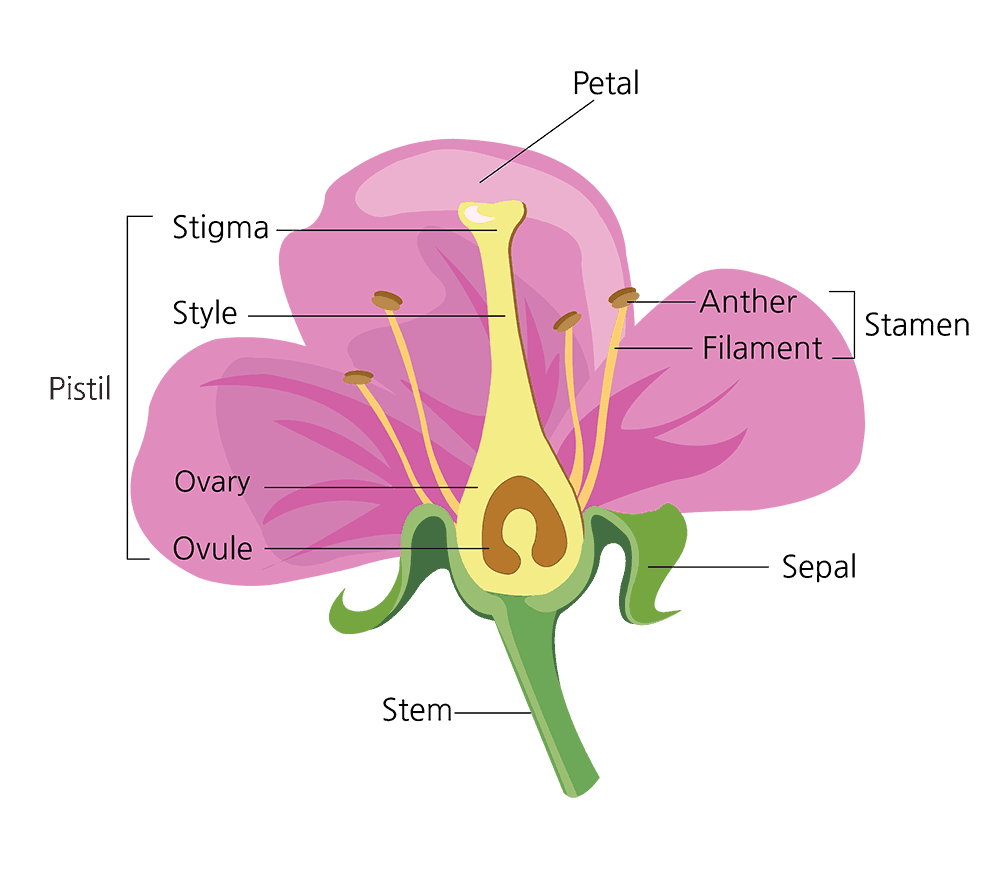
pollen
male gametophyte
a leaf-like part of a flower, usually green, that protects the developing bud.
sporophyte
sepal
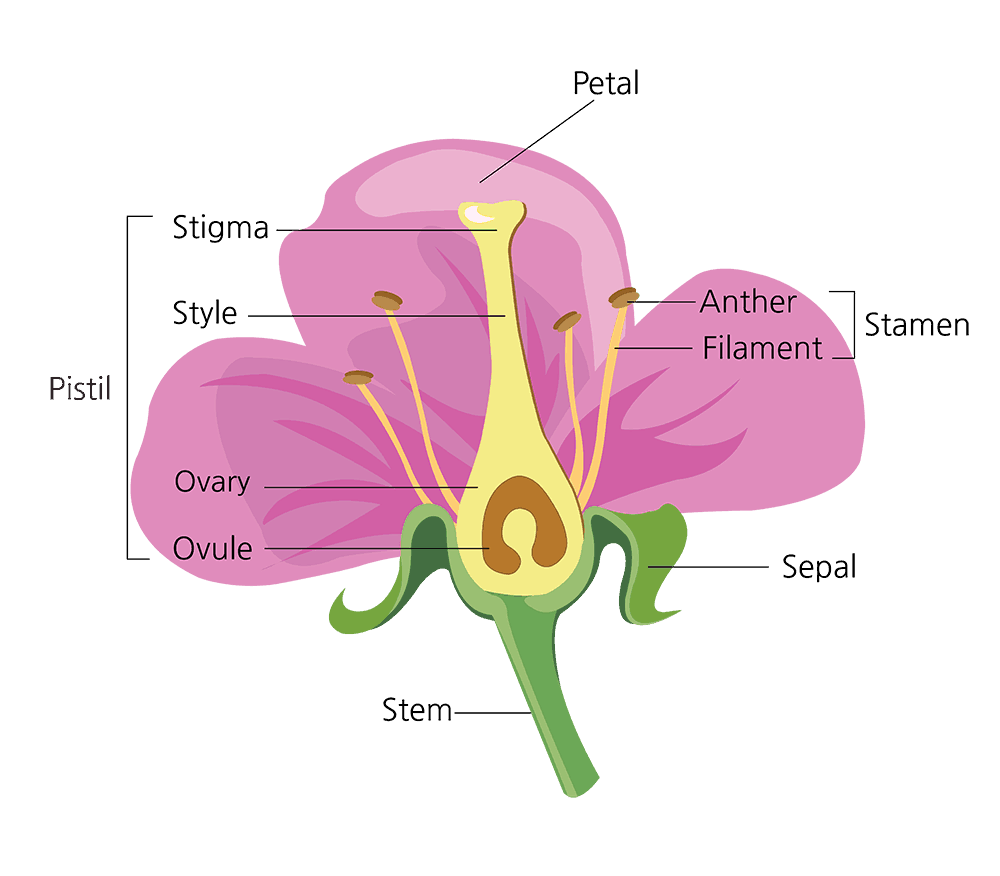
inflorescence
sporophyte : Cluster of Flowers…grouped on a stem (sunflowers)
solitary
sporophyte - Solitary: Single Flower (tulip)
radial
sporophyte - Symmetrical in MULTIPLE planes (pizza slices) > Daisy
bilateral symmetry
sporophyte -Radial: Symmetrical in MULTIPLE planes (pizza slices) > Daisy
monocot
-Monocot: multiples of 3, Parallel leaf veins, 1 Cotyledon
dicot
-Dicot: multiples of 4 or 5, Net-like leaf veins, 2 Cotyledons
zygosporangia
rhizopus
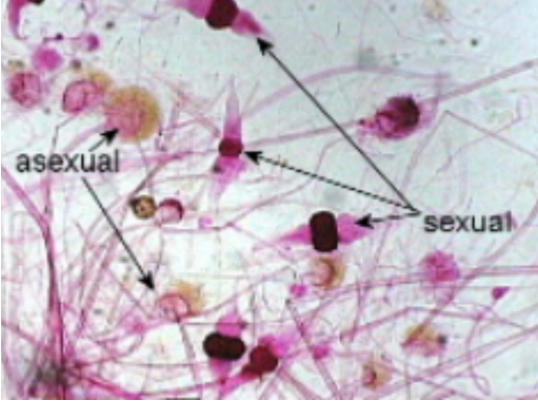
conidiophores
penicillium
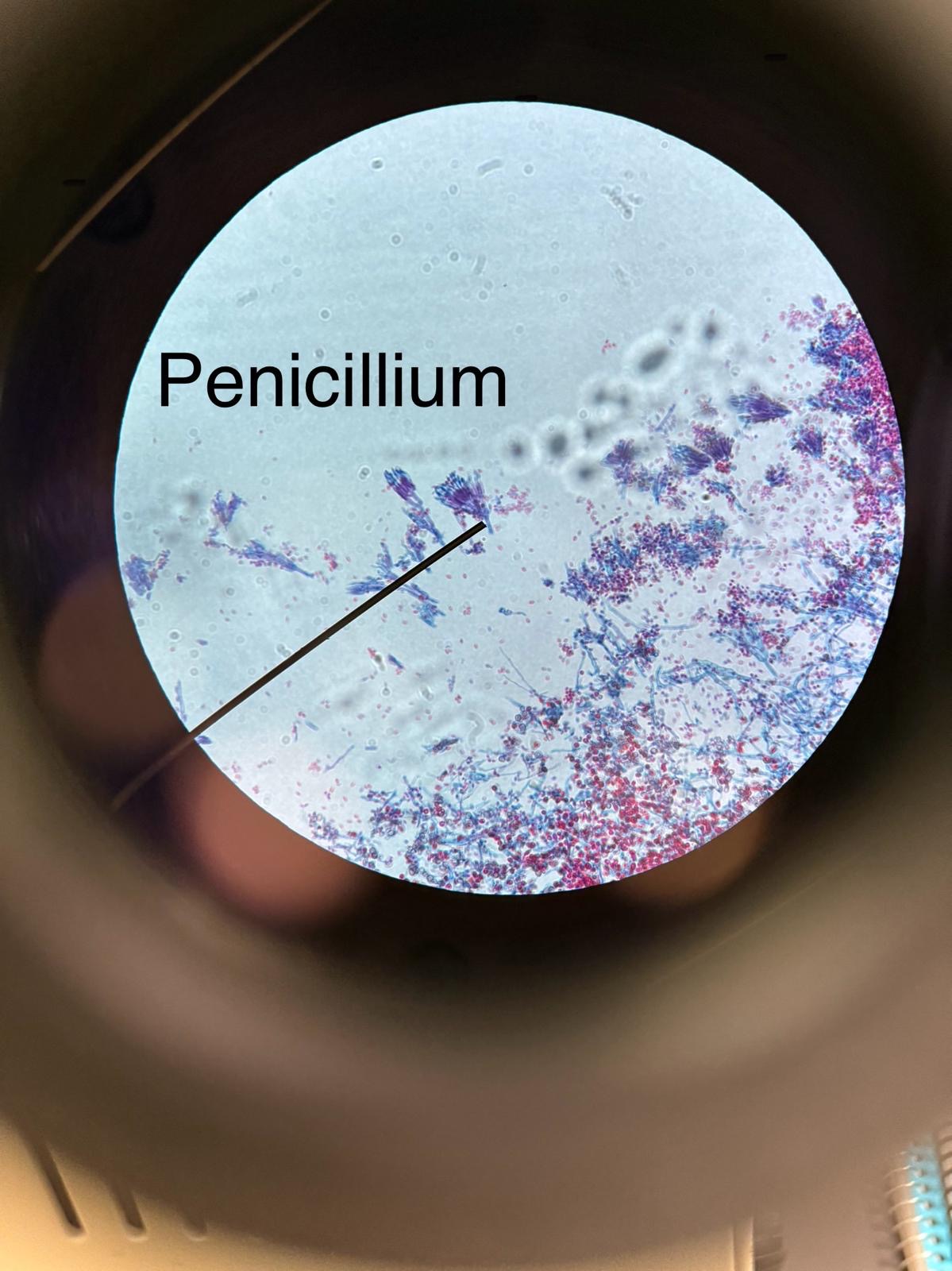
conidiophores
aspergillus
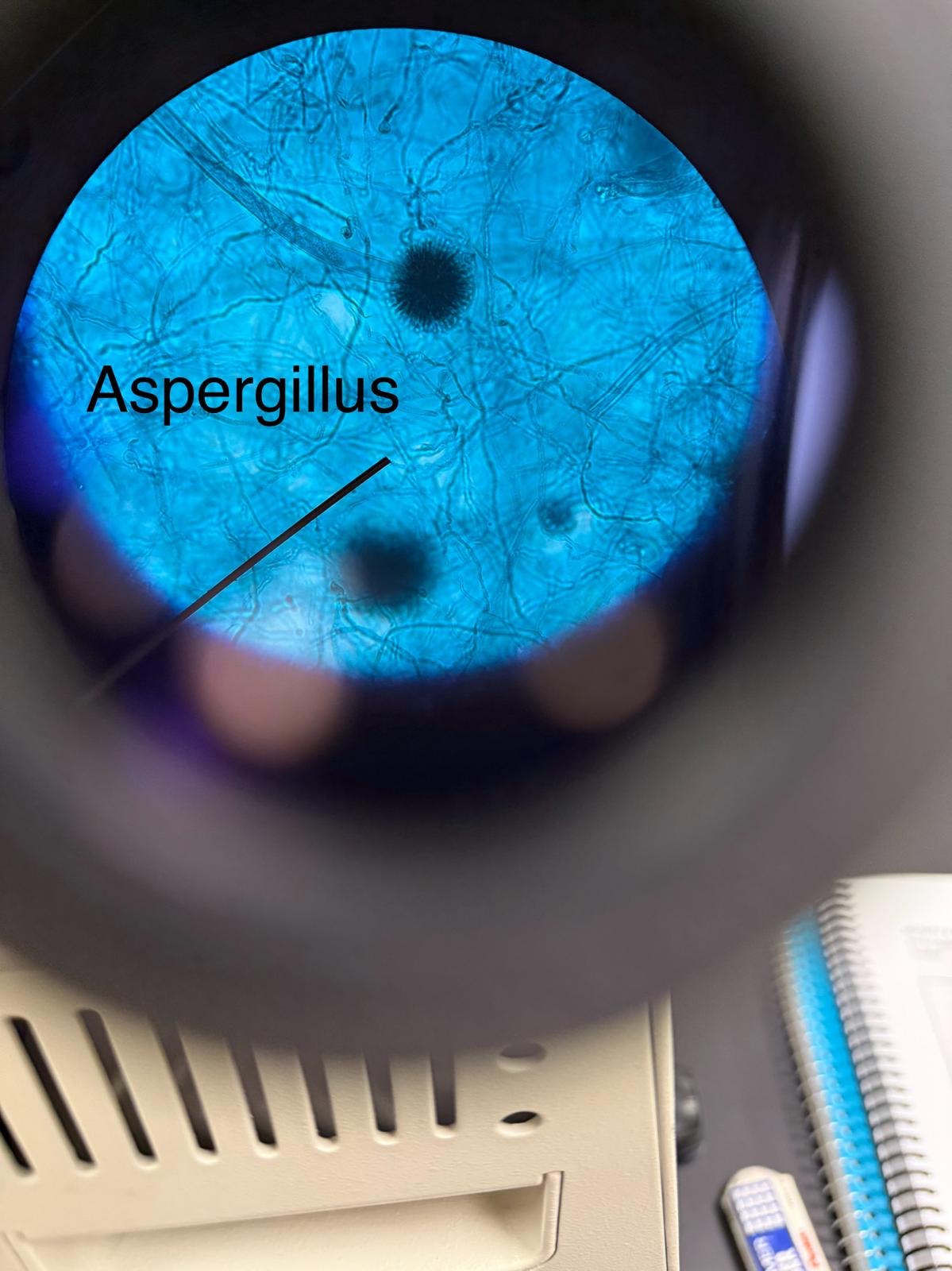
ascomycetes
peziza
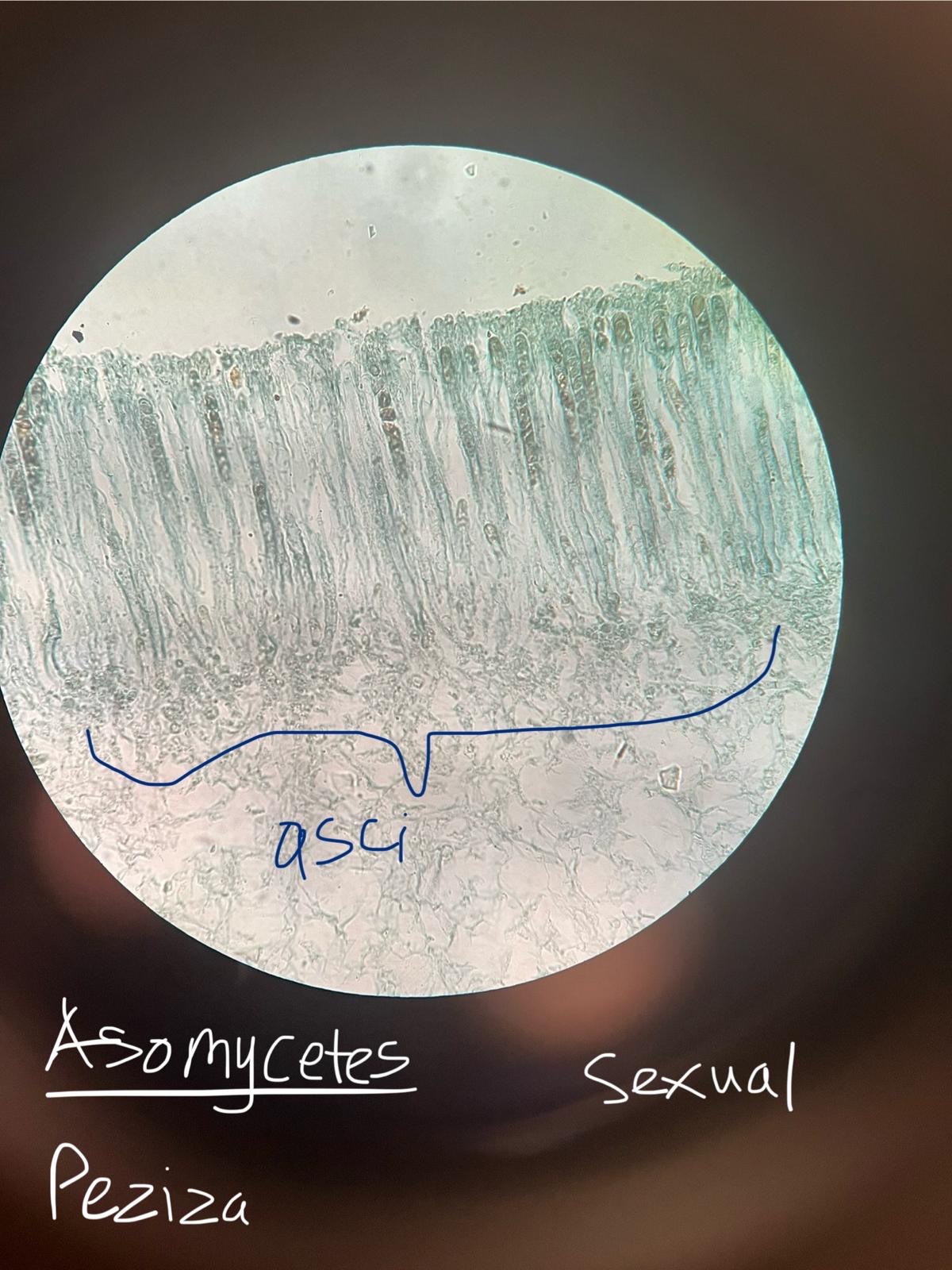
basidia
coprinus
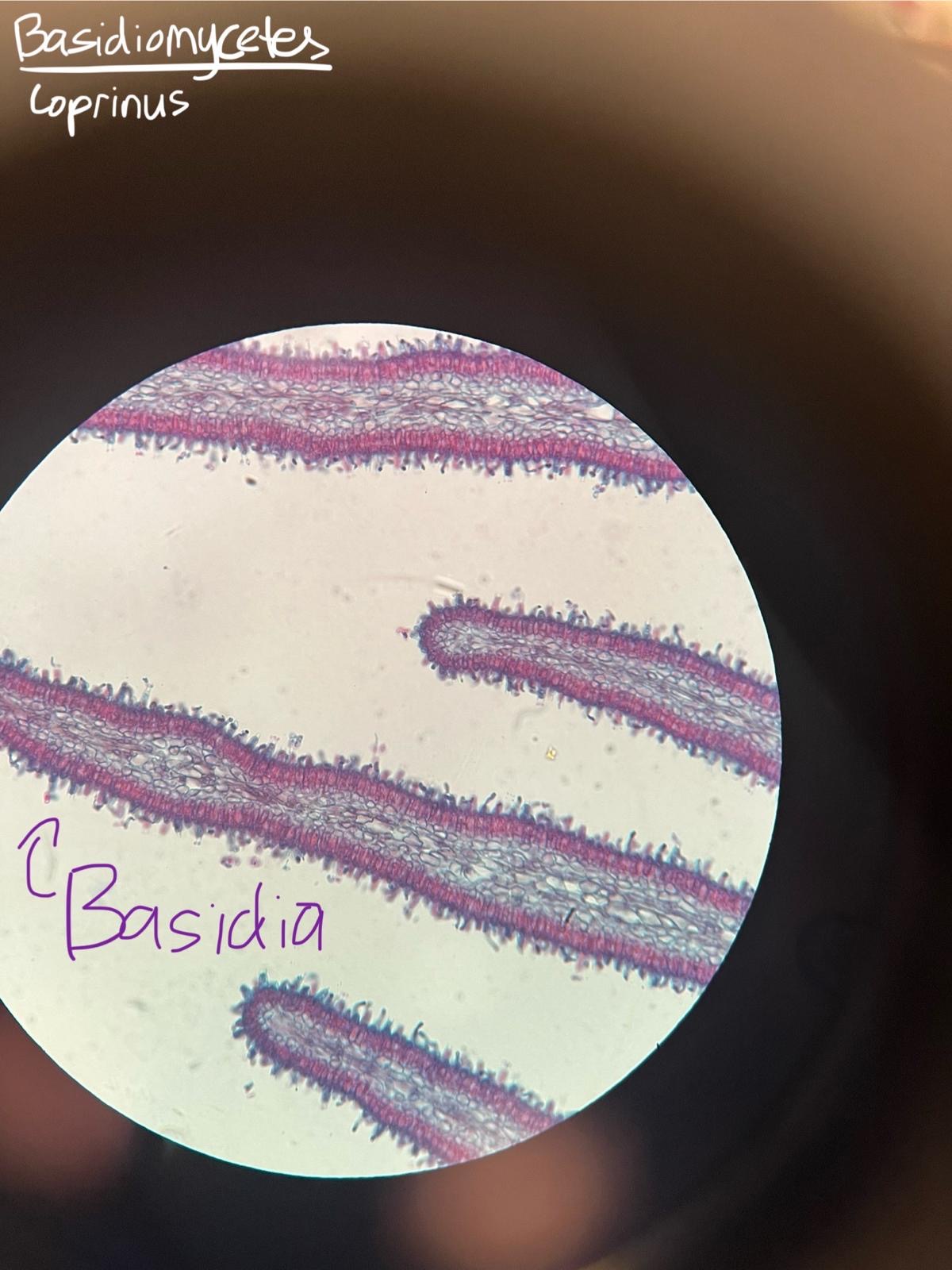
lichen fruticose
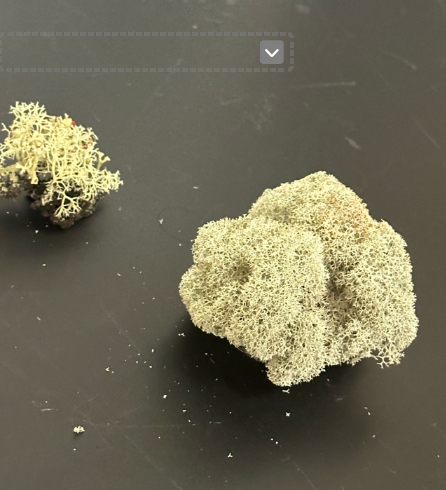
lichen foliose
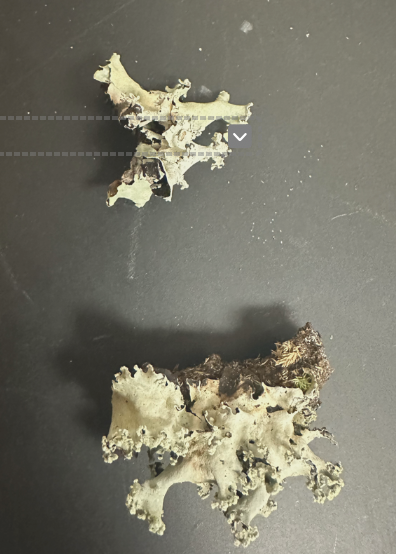
lichen crustose
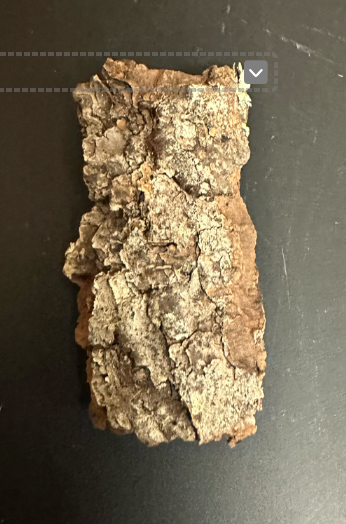
hyphae green algae
in the thallus
allomyces
A genus of fungi that belong to the phylum Chytridiomycota, known for their aquatic habitats and unique life cycle stages, including flagellated spores. Diploid dominant
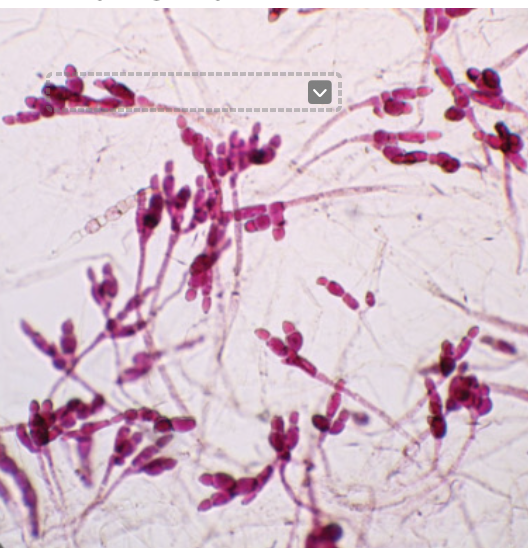
early cleavage
early divisions of zygote
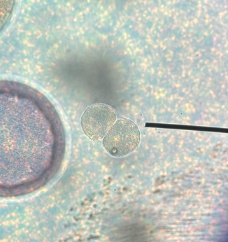
morula/ blastomere
hollow ball of cells
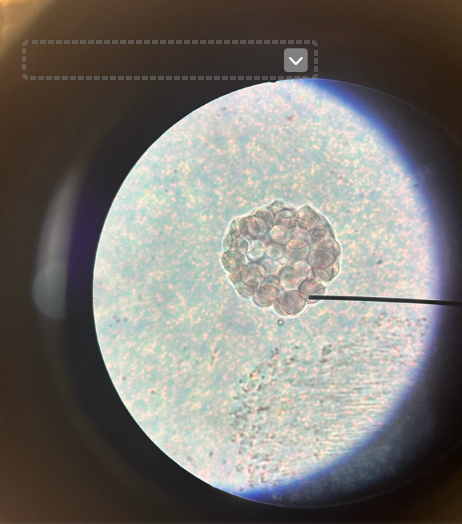
gastrula
fomation of germ layers
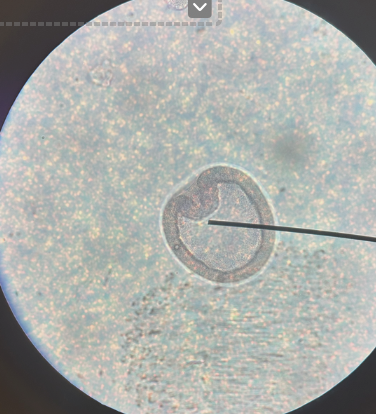
medusa
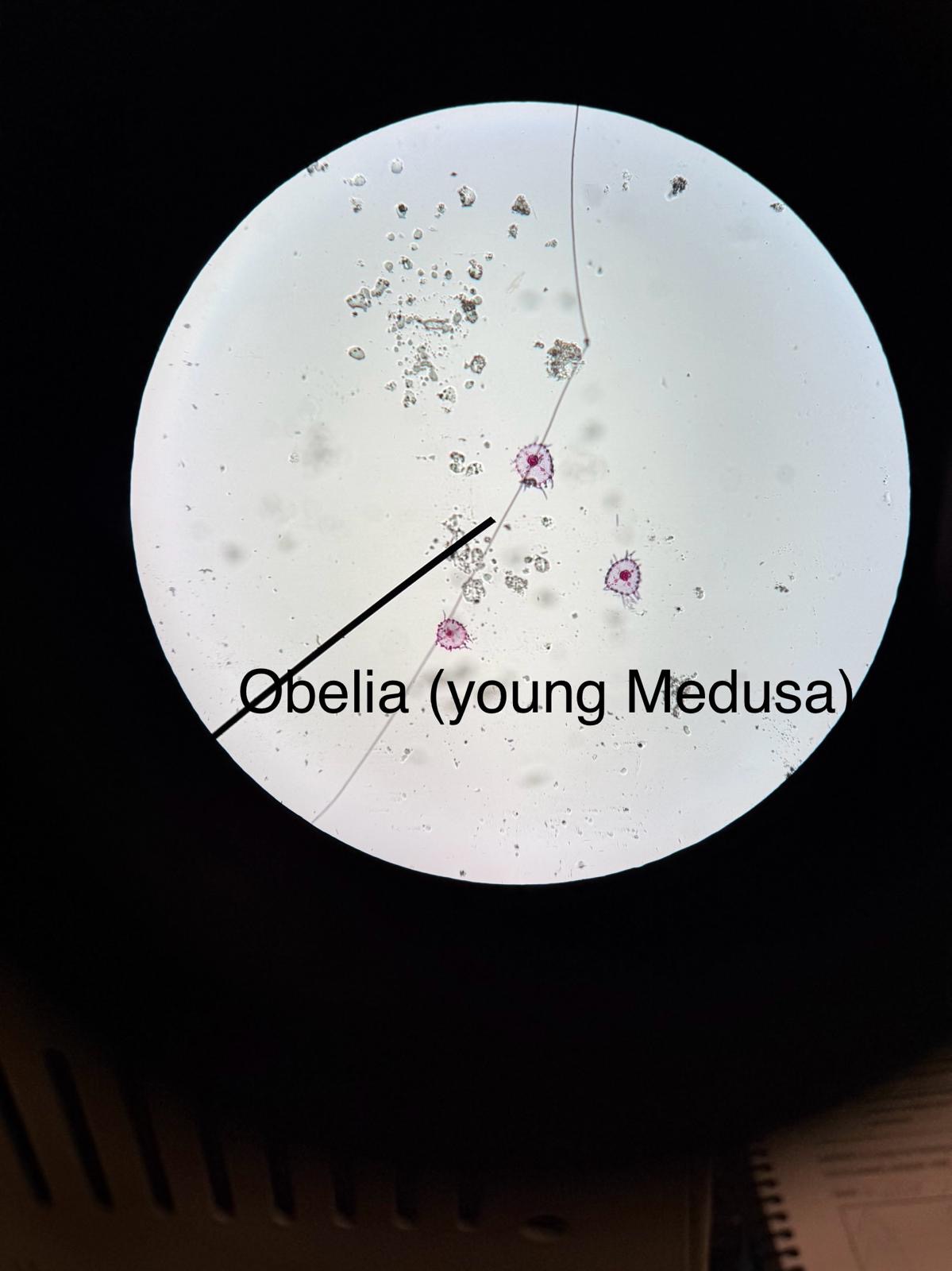
mouth, flame cells and eye spots
planarian (platyhelminthes)
red planaria dugesia
digestive green eugenia
Animalia > Platyhelminthes (flatworms) > Turbellaria (planarians)
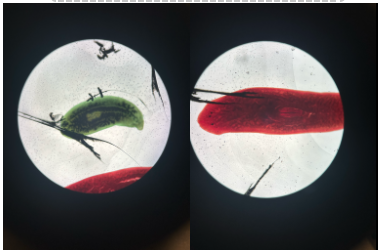
scolex
tapeworm head for attachment
Animalia > Platyhelminthes (flatworms) > Cestoda (tapeworms)
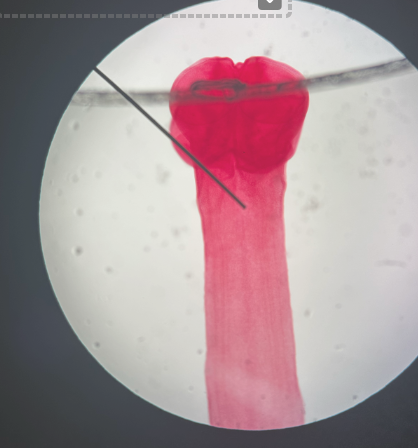
sycon or sypha
Spongocoel – central cavity.
Osculum – opening at the top.
Spicules – support structures (look like glass needles).
Animilia > Porifera (sponges) > Calcarea > Scypha
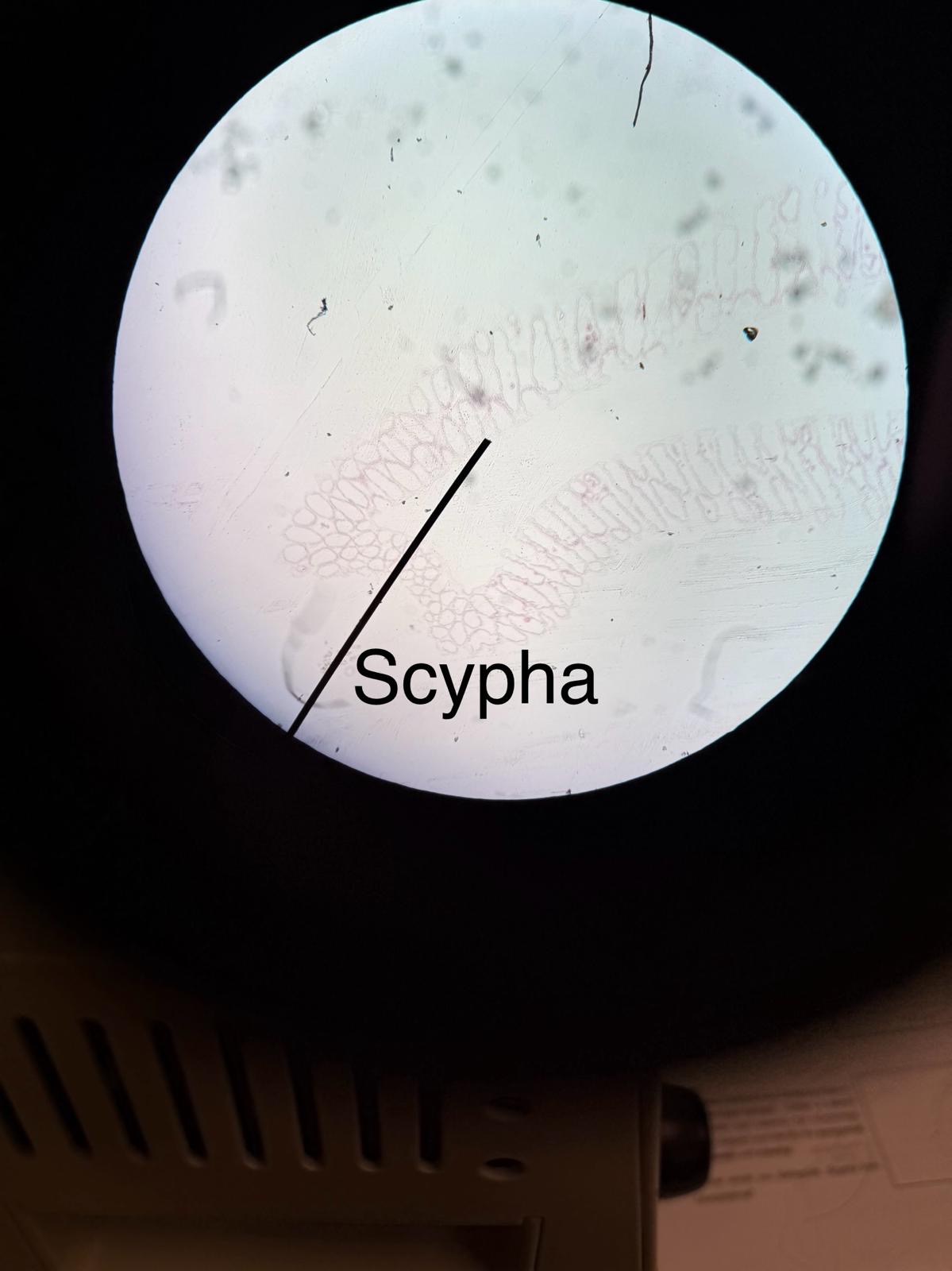
leucosolenia
-Spicules (glass shard like texture throughout sponges)
-Spongocoel (lighter parts for water flow)
-Osculum (top opening of tube-like branch)
Animilia > Porifera (sponges) > Calcarea > Leucosolenia
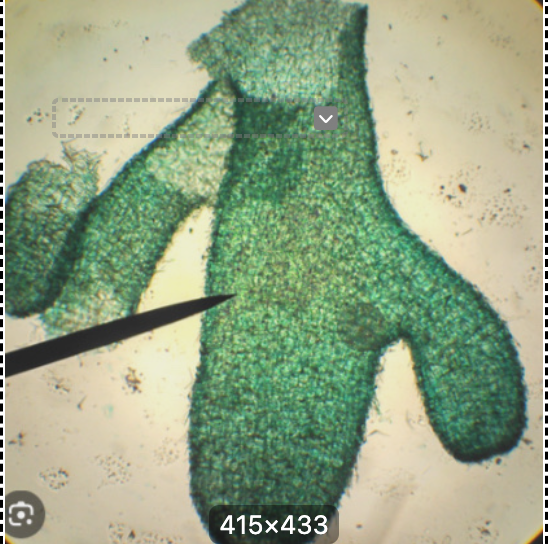
obelia
Animalia > Cnidaria > Hydrozoa > Obelia
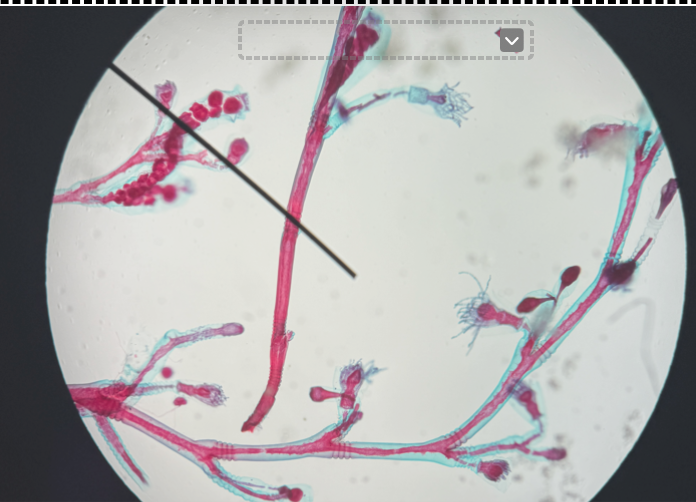
hydra
Animalia > Cnidarian > Hydrozoa > Hydra
Hydra (cnidarian):
-Polyp (tubular body with tentacles, mouth at top center, bud is the little arm growing on the side, stalk elongated central body, and foot is bottom center to help anchor itself)
Only cnidarian with JUST POLYP
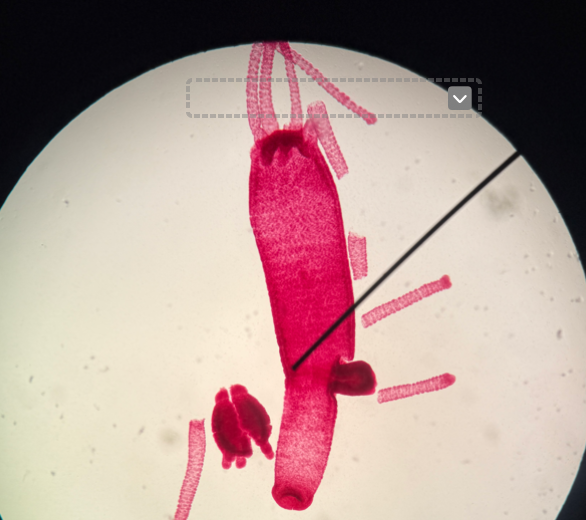
blastula
hollow ball of cells trying to form a tube
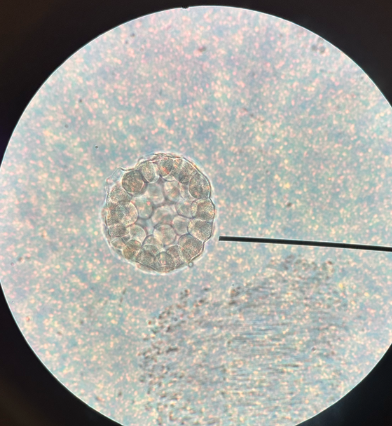
lichen tallus
-Upper blue layer: protective hyphae outer layer
-Red layer below: Algae (shows mutualistic relationship)
-Middle blue: loose fungal hyphae
